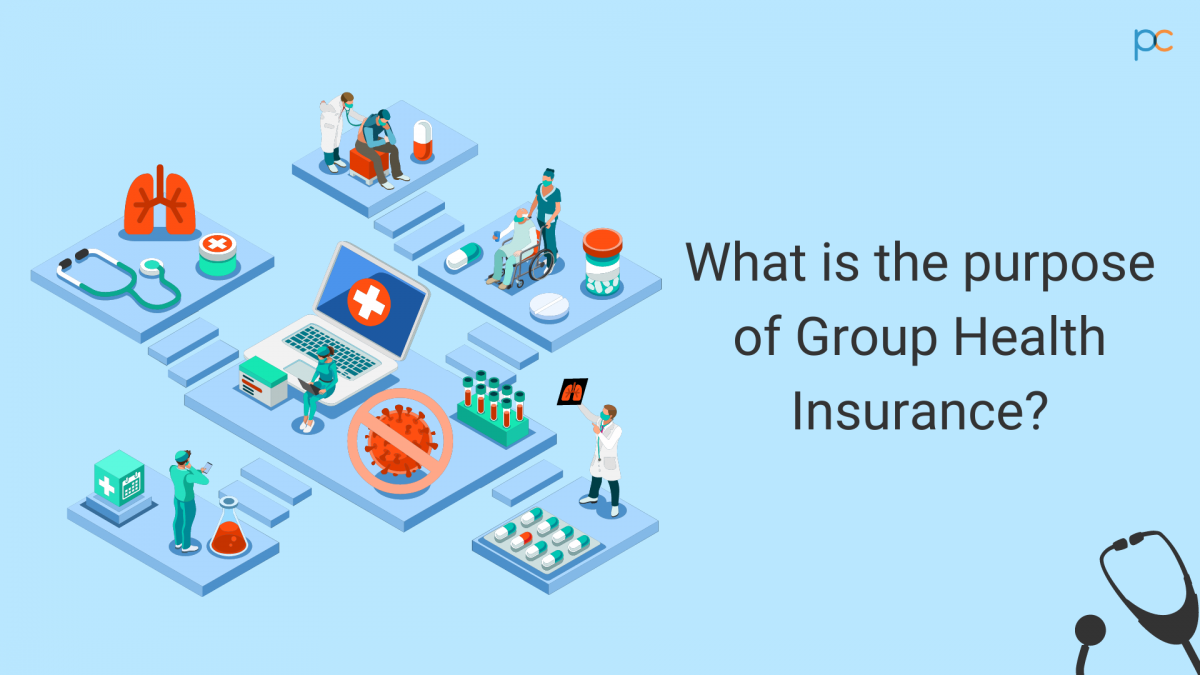What Does Pacific Prime Do?
What Does Pacific Prime Do?
Blog Article
The Buzz on Pacific Prime
Table of ContentsAbout Pacific PrimeFacts About Pacific Prime UncoveredThe Best Guide To Pacific PrimeThe Pacific Prime Ideas
In many states, the insurer is called for to send you a duplicate of the modifications to your policy. It is important that you review Endorsements or Motorcyclists so you comprehend how your policy has actually altered and if the policy is still sufficient to fulfill your demands. To get a copy of your insurance coverage policy, please contact your insurance policy representative or firm.
The Institute of Medication (IOM) Committee on the Repercussions of Uninsurance launches a prolonged examination of proof that addresses the relevance of medical insurance coverage with the magazine of this record. Coverage Matters is the very first in a series of 6 records that will be released over the next 2 years documenting the truth and repercussions of having an estimated 40 million people in the USA without medical insurance coverage.

The Ultimate Guide To Pacific Prime
The goal of this collection of researches is to redouble policy focus on a longstanding trouble. Following the longest financial growth in American history, in 1999, an estimated one out of every six Americans32 million adults under the age of 65 and even more than 10 million childrenremains without insurance (Mills, 2000).

10 percent of the populace represent 70 percent of healthcare expenditures, a connection that has actually stayed continuous over the previous three years (Berk and Monheit, 2001) - maternity insurance for expats. Hence wellness insurance policy remains to offer the feature of spreading risk even as it significantly finances routine care. From the viewpoint of health and wellness care service providers, insurance lugged by their individuals assists protect an earnings stream, and areas benefit from financially viable and steady healthcare specialists and institutions
Federal government offers wellness insurance to populations whom the private market might not serve properly, such as handicapped and senior citizens, and populations whose access to healthcare is socially valued, such as youngsters and expecting women. The best ends of medical insurance protection for the private and communities, consisting of workplace neighborhoods of staff members and employers, are improved wellness end results and high quality of life.
What Does Pacific Prime Mean?
Employees rate health insurance policy initially without a doubt in value among all the advantages provided in the workplace (Salisbury, 2001). Although there have been sizable investments of individual and public funds to provide medical insurance, many individuals still have no insurance coverage. Despite substantial reporting of study findings and wellness care research results, the public remains baffled and misinformed regarding Americans without medical insurance and the implications of lacking coverage.

Without inquiry, the intricacy of American healthcare financing devices and the wealth of sources of information include to the general public's complication and suspicion concerning medical insurance data and their interpretation. This record and those that will certainly adhere to goal to distill and offer in readily reasonable terms the substantial research that bears upon questions of wellness insurance coverage and its relevance.
Fifty-seven percent of Americans polled in 1999 believed that those without medical insurance are "able to get the treatment they require from physicians and healthcare facilities" (Blendon et al., 1999, p. 207). In 1993, when nationwide focus was focused on the issues of the uninsured and on pending healthcare regulation, just 43 percent of those surveyed held this belief (Blendon et al., his explanation 1999).

They also receive less preventive services and are less most likely to have normal treatment for chronic conditions such as hypertension and diabetes mellitus. Persistent diseases can result in costly and disabling issues if they are not well managed (Lurie et al., 1984; Lurie et al., 1986; Ayanian et al., 2000). One nationwide survey asked even more than 3,400 adults regarding 15 extremely major or somber conditions.
Everything about Pacific Prime
Added evidence exists later on in this phase in the conversation of insurance and accessibility to healthcare. https://hub.docker.com/u/pacificpr1me. Individuals without health and wellness insurance policy are young and healthy and balanced and pick to go without coverage. Almost fifty percent (43 percent) of those evaluated in 2000 believed that individuals without medical insurance are most likely to have wellness problems than individuals with insurance coverage
Citizens and policy manufacturers in emphasis group discussions define those without insurance coverage as young people who have the possibility to be covered and feel they do not need it (Porter Novelli, 2001). Compared to those with a minimum of some personal insurance coverage, the uninsured are much less likely to report remaining in superb or very great health and wellness (Agency for Healthcare Research Study and Quality, 2001).
RESOURCE: Facility for Expense and Funding Research Studies, Agency for Medical Care Research and Quality, based upon MEPS data. Young grownups in between 19 and 34 are even more likely to do not have medical insurance than any various other age group. This is mainly due to the fact that they are less commonly qualified for employment-based insurance because of the nature of their work or their brief period in it.
The understanding that individuals without insurance policy have better-than-average wellness adheres to from perplexing the fairly young age account of the without insurance with the far better wellness, generally, of more youthful individuals. This obscures the web link in between health and wellness standing and health insurance policy. For those without accessibility to office wellness insurance policy, bad health and wellness is a possible barrier to buying nongroup insurance coverage since such protection may be extremely valued, omit preexisting problems, or be simply unavailable.
Report this page